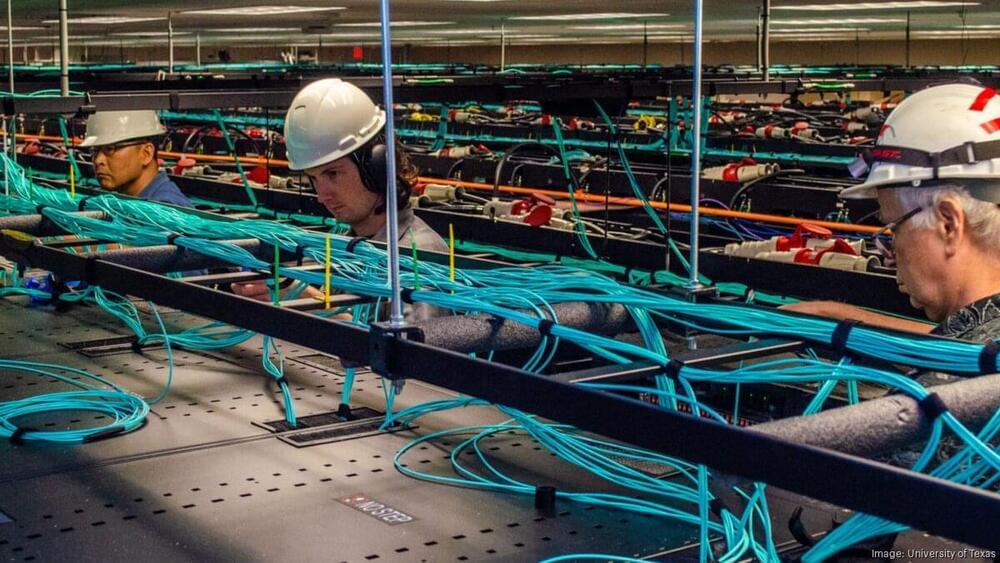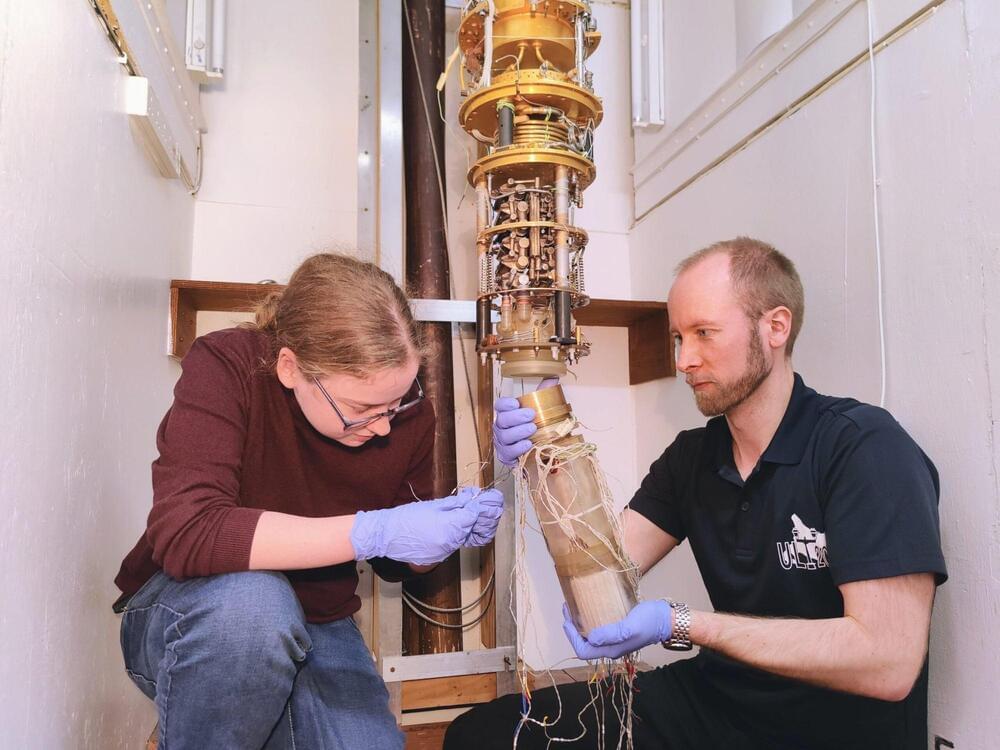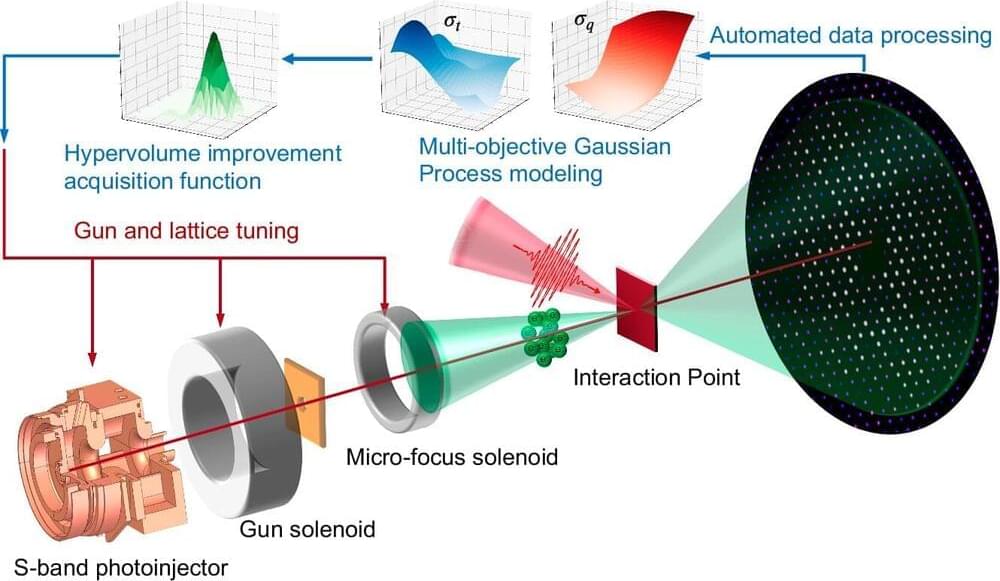
A newly developed stretchable lithium-ion battery retains efficient charge storage after 70 cycles and expands up to 5000%. This innovation caters to the growing demand for batteries in wearable electronics, ensuring flexibility and durability.
When you think of a battery, you probably don’t think of something stretchy. However, batteries will need this shape-shifting quality to be incorporated into flexible electronics, which are gaining traction for wearable health monitors. Now, researchers in ACS Energy Letters report a lithium-ion battery with entirely stretchable components, including an electrolyte layer that can expand by 5000%, and it retains its charge storage capacity after nearly 70 charge/discharge cycles.
Advancements in Flexible Electronics.

















